In Part I of this post we shared some strategies for getting attention for your program and buy-in from students. Part 2 continues with more details on how to create interest and encouraging students to take the next step of signing up!
Be transparent with price
There are very few students and families out there who are not concerned about the price of a study abroad experience. Answer this question for your students when promoting your program: “What am I paying for?”
Additionally, be sure to communicate what is not included in the price. It is also nice to point out potential costs that may be required for them to participate in the program, like purchasing a passport, optional immunizations or supplies for class. Listing what is included in the program price and what is not will reduce the apparent risk around money for both the students and, in many cases, the parents.
 |
| The program page on the University of Washington, Tacoma's site. |
Make sure your program is on your institution’s website
Sounds easy, but doesn’t always happen! This not only will act as a recruiting tool (attracting students already looking for programs) but will help students, parents, faculty, academic advisors and others find important information about your program easily.
Start early
As soon as you have all the basic information about your program (dates, price, what is included, basic itinerary) start promoting! This allows students and their families the time they need to process the opportunity and plan for it. If students are aware of the program soon enough, they can apply for scholarships, talk to employers, and plan the rest of their life around your program - instead of the other way around.
Talk openly about credit
In our experience, programs popular with students often have one thing in common: students can earn credit towards their major or some other institutional requirement. If this is true for your program, be sure to promote it in your written materials and when speaking with students. If this is not the case, talk about the credit that will be earned and emphasize the other educational benefits, like career development and personal growth.
Talk about graduation and career development
Whether we like it or not, students and parents want to know what’s in it for them. It is simply not enough, in many cases, to remind them how formative and challenging the study abroad experience can be. They want a different kind of value.
With that in mind, connecting the study abroad experience to student’ future plans is beneficial in many ways. Most of all, it increases the value of the program in their eyes. Remind them, for example, that today’s business leaders must have intercultural competency.
It also helps students frame their experience as part of their overall education, and not just a nice “trip” that their parents (or whoever) have to pay for. And finally, when students return from studying abroad, they will be better able to articulate the meaning of their experience.
We would love to hear what has worked for you! Please use the comments section below or email Stacy at swest@aclas.org.


